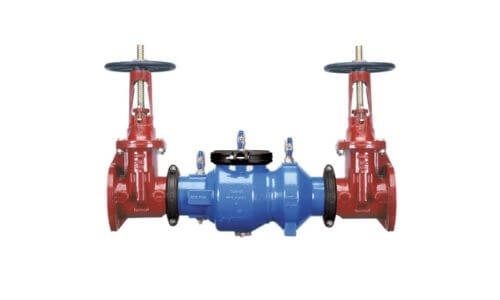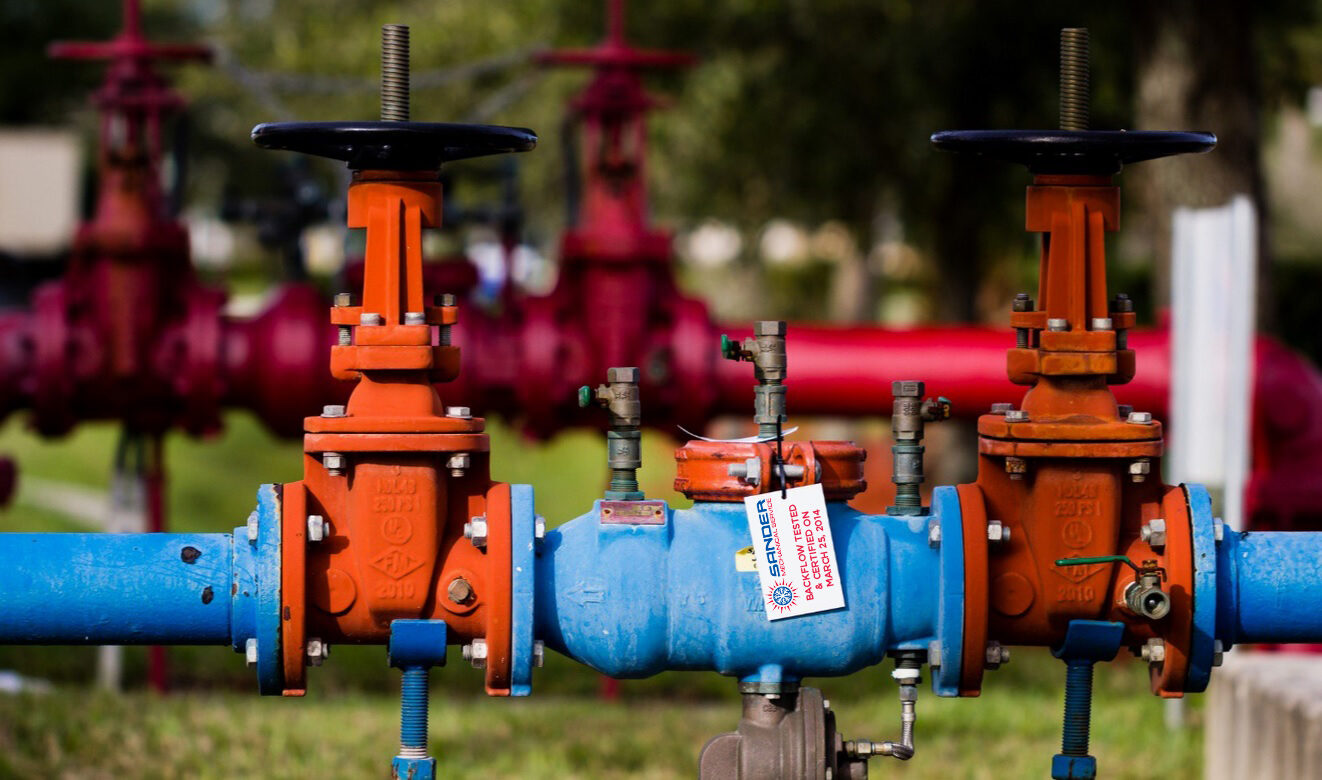Have to I Test My Water for Backflow?
Have to I Test My Water for Backflow?
Blog Article
The writer is making a few great annotation relating to Backflow Prevention in general in this content down below.

Yes, you need to backflow test your home's water supply to guarantee that the water is without toxic substances as well as harmful degrees of chemicals. You must not attempt to perform backflow screening on your own since of the devices needed and room for error. We recommend that you call an expert plumber every number of years to check your water.
What is Heartburn?
In short, heartburn is when water moves upwards-- the opposite direction in the plumbing system. This is additionally referred to as "backpressure." When the water relocates this direction, it can mix with dangerous contaminants and also present a threat.
What Causes Backflow?
A common source of heartburn is a loss of water pressure that causes the water to siphon back right into the supply of water. An example is clearing out a paint pail using a tube. You fill the paint bucket up with water, leaving the pipe in the pail. After some time, there is a loss in water pressure and also the hose starts to draw the water back into the water. As you can imagine, there are currently chemicals from the paint that are getting in the water supply, potentially presenting a danger. Many individuals are not even mindful of heartburn screening, however there are numerous factors why it's so vital.
Backflow Screening is Called For by Regulation in Specific Cities
Depending upon where you live, you could in fact be required by regulation to backflow examination your law. For example, Iowa City keeps a record of all residential or commercial properties served by the city's water. The city needs that certain "high-hazard" centers undertake backflow testing. In many cases, houses such as residences and apartment buildings are influenced.
You Can Avoid Backflow
If you have a professional plumber install a heartburn tool, harmful heartburn is quickly avoidable. The plumber will likewise examine for heartburn and determine if there is an energetic risk. The primary function of a backflow tool is to stop water from moving backward into your water. Plumbing technicians mount the tool on the pipes in your house to guarantee that the water only streams in the proper direction.
Backflow Can Effect Both You and Your City
Since hazardous backflow can impact the public water supply in addition to a single building, several cities establish heartburn guidelines. Modern cities have backflow gadgets in area that safeguard the water supply that comes from most residences and commercial properties. The actual danger comes from irrigation systems, which can harm the water system with hazardous plant foods, manure, as well as various other chemicals.
Call a Plumber to Test for Heartburn Prior To It is Far too late
A plumbing business can swiftly evaluate your house's water to determine if there are any type of dangerous chemical levels. As well as if you do find that your water has high levels of toxins, a plumber can easily set up a heartburn avoidance device.
Yes, you require to backflow test your home's water supply to make certain that the water is totally free of contaminants and also dangerous degrees of chemicals. A typical reason of backflow is a loss of water stress that creates the water to siphon back right into the water supply. After some time, there is a loss in water pressure and also the tube begins to draw the water back right into the water supply. The primary objective of a backflow device is to avoid water from streaming backward right into your water supply. Numerous cities develop backflow guidelines because unsafe backflow can impact the public water supply in enhancement to a single building.
WHY DOES BACKFLOW TESTING NEED TO BE DONE EVERY YEAR
What Is Backflow?
Toxic gas backing up into a building is one example of potential backflow issues, but backflow can occur in many other ways.
Backflow is generally referred to as the reversal of a liquid or gas in a plumbing system.
Most issues for the public occur with backflow resulting in contaminated drinking water. If you look up backflow issues online you’ll probably find references to “potable” water. That means drinking water.
There have been backflow issues in the past with drinking water. Chemicals, sewage and other contaminants have found their way into drinking water causing health issues for those that count on the fresh water.
What Causes Backflow?
In a residence or commercial building water generally flows one way. This normal flow is usually driven by consistent pressure in the water and waste system.
Anything that changes the normal pressure in the system can lead to backflow.
Fire hydrant use or malfunction can reverse the normal pressure in the system on a city line, but backflow can occur in a number of different ways.
Sometimes backpressure might be caused by someone using a garden hose and submerging the end of the hose in a pool of liquid. If pressure is lost the flow could reverse and contaminants could be released into the drinking water.
Anytime there is a connection between contaminants and the drinking water there is potential for a backflow issue. Sometimes these connections are not immediately obvious like the garden hose connecting to a building’s drinking water supply.
Backflow Regulations
The Environmental Protection Agency (EPA) provides guidelines and regulations for state and local governments regarding backflow. State and local governments also have their own guidelines and regulations for backflow prevention.
Arizona has its own backflow regulations.
Due to issues with backflow in the past, regulations require backflow preventer devices to be used in nearly all residential and commercial buildings.
A backflow preventer is a device that prevents backflow as cross-connection points where potential backflow issues may occur.
While backflow is not a common occurrence, preventers are in place to make sure there is no contamination should something malfunction or go wrong with a building’s water supply.

Hopefully you liked our topic on Backflow Assembly Testing. Thanks a ton for taking a few minutes to read through our blog. Be sure to take the opportunity to promote this post if you enjoyed reading it. Many thanks for your time. Please check up our site back soon.
Click Here
Report this page